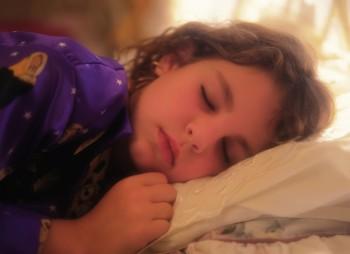Where does our tendency to pet furry animals or scream at the sight of spiders come from? New research suggests that the right amygdala in our brains responds preferentially to the presence of animals.
Located deep inside the brain’s medial temporal lobe, the amygdalae are a pair of neuron clusters associated with processing emotional reactions.
An international team of researchers examined the brain activity of 41 epilepsy patients, who already had electrodes placed in different brain regions to monitor seizures.
The study participants were shown images of people, animals, landmarks, and other objects whilst neuron-by-neuron responses were monitored via the electrodes.
“Our study shows that neurons in the human amygdala respond preferentially to pictures of animals, meaning that we saw the most amount of activity in cells when the patients looked at cats or snakes versus buildings or people,” said Florian Mormann, study lead author and a California Institute of Technology (Caltech) alumnus, in a press release.
“This preference extends to cute as well as ugly or dangerous animals and appears to be independent of the emotional contents of the pictures,” he noted.
“Remarkably, we find this response behavior only in the right and not in the left amygdala.”


